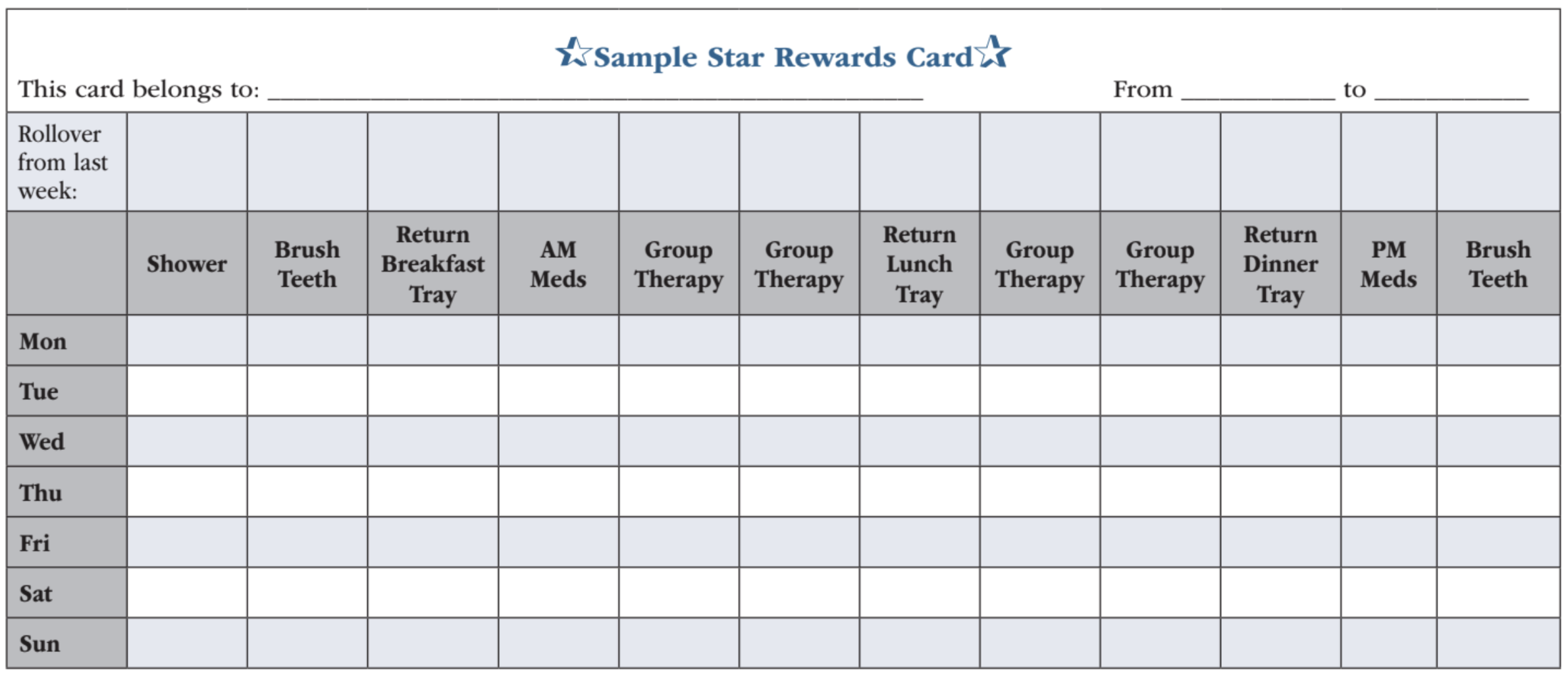Establishing a Token Economy in a Psychiatric Unit: Guidelines and Benefits
On her first day on the psychiatric unit, Sarah, a 32-year-old patient admitted for treatment of schizophrenia, refused to take her prescribed medications and did not participate in unit groups or activities, staying mostly in bed.
Psychiatric treatment is most effective when it fosters patients’ personal autonomy and accountability in their recovery. For many decades, the token economy (TE) system has been useful for this goal in myriad settings and populations (Doll C et al, International Journal of Basic and Applied Science 2013;2(1):131–149). By creating a practical connection between abstract positive behaviors and tangible rewards, it helps transition patients from mere compliance to active participation in their treatment.
In brief, a TE is a system that involves awarding tokens for positive behaviors, which can then be exchanged for desired items or privileges (Corrigan PW, Psychiatric Services 1995;46(12):1258–1263). The benefits of a TE include the ability to promote positive behaviors even in patients who are difficult to stimulate through verbal or social reinforcement alone. The earned rewards provide a means to overcome resistance to change, promote personal responsibility, and empower patients to take charge of their treatment. Despite a TE’s apparent simplicity, implementing one requires careful planning and execution. The steps include:
- Identifying target behaviors
- Creating a system of tokens
- Selecting rewards
- Communicating the system to patients and staff
- Monitoring and adjusting as needed
Identify target behaviors
First, establish your target behaviors. Examples include participation in therapeutic groups, adherence to medication regimens, or showering and brushing teeth daily. These behaviors should be doable and available as options for all patients.
Create a system of tokens
Prepare a method to reward the positive behaviors. On our unit, each patient receives their own weekly star rewards card, which consists of half a sheet of card stock divided into the seven days of the week and sectioned to allow patients to accrue up to 12 tokens (star-shaped stamps given by staff) on their card per day (see “Sample Star Rewards Card” figure). We provide each nurse with an ink stamp that they carry in their pocket. We individualize the cards with the patients’ names so that tokens/stars are not transferrable, to avoid a secondary “black market” among the patients. All patients have the same opportunity to earn tokens.
Select rewards
Choose tangible rewards that supplement what patients are already entitled to. We ensured the TE did not withhold services or privileges that patients would ordinarily receive, such as access to snacks or unit activities. Thus, our reward items are above and beyond the things normally available to all patients.
We created a “store” using a cart (repurposed from a supermarket bread display) that is rolled onto the unit at designated times three days per week. We selected items for our store in dialogue with nursing staff to focus on desirability as well as safety (eg, avoiding items that might be used for self-harm). Our store includes items like beanies, hygiene items, notebooks, cosmetics, and extra snacks that are not typically provided on the unit.
When nursing staff explained the hospital’s TE system, Sarah initially approached it with skepticism but quickly engaged when she saw the opportunity for tangible rewards. Clearly defined target behaviors, such as attending group therapy and taking prescribed medication, motivated her to actively participate in her treatment. She consistently earned up to 10 tokens daily, which she eagerly exchanged for small luxuries like hand cream and a notebook from the store.
Communicate the system to patients and staff
Display the rules and rewards of the TE clearly. We show these details, as well as store hours, on posters on the unit and on the back of every patient’s weekly card. We engage multidisciplinary staff in developing the TE, underscoring the importance of collaboration for its success. Consistency in TE implementation is vital, as miscommunication can diminish patient motivation and foster feelings of inequality. We also consult with our county’s Department of Mental Health to ensure our procedures align with policies on patient rights.
Continually monitor and adjust as necessary
Feedback from patients, nursing, and other staff allows continued refinement to the TE. Some rewards on our unit worked for a time but then proved to be problematic. For example, we removed beanies from our store during a lice outbreak.
How do we handle undesirable behaviors?
Since our focus is on positive reinforcement rather than punishment, we do not remove tokens from patients when they engage in undesirable behaviors. Rather, we place their card in “timeout” for the remainder of the day, meaning no further tokens can be earned until the next day. It’s vital to clearly define the undesirable behaviors that lead to a timeout (eg, verbal or physical threats, aggressive or self-injurious behaviors).
At one point, Sarah became upset when nursing staff informed her that the team’s psychiatric social worker was delayed and could not meet with her until later in the afternoon. She yelled obscenities and kicked the nursing station door angrily. The unit’s timeout policy halted her token earning for the day. She remained calm for the remainder of the day and was eager to resume earning rewards the following morning. Through these tangible rewards and a structured approach, Sarah found a renewed sense of purpose and participation in her psychiatric care, demonstrating the efficacy of the TE system in promoting active engagement and personal responsibility.
Conclusions
A TE can improve patient care by creating a more positive therapeutic environment on the unit. It provides a set of tools that promote positive behaviors rather than simply punishing negative behaviors. From our experience, it has been resoundingly popular with both patients and staff.
Carlat Verdict
A token economy involves awarding tokens for desirable behaviors, like participating in therapeutic groups and adhering to medication regimens. The tokens can then be exchanged for rewards, like snacks and cosmetics. The benefits of a token economy include promoting active participation in treatment, fostering autonomy and responsibility, diminishing undesirable behaviors, and enriching the therapeutic environment.




_-The-Breakthrough-Antipsychotic-That-Could-Change-Everything.webp?t=1729528747)



